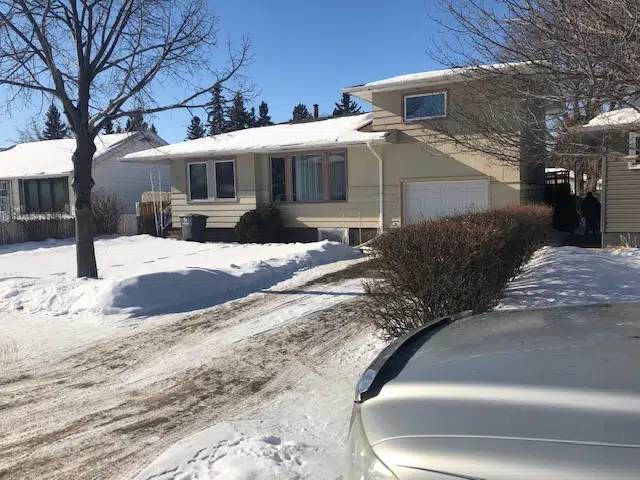Saskatoon Fire Department’s Assistant Chief of Public Relations is urging people to make sure they have working carbon monoxide detectors in their homes.
On Wednesday, nine members of a family including four children suffered carbon monoxide poisoning. All were taken to hospital where they were treated. They have since made full recoveries.
Wayne Rodger says while the home did have working smoke detectors, there were no CO (carbon monoxide) detectors. Firefighters entered the home with carbon monoxide reading equipment and determined the levels in the home were up to 190 parts per million (PPM).
Low or safer levels are considered less than 50 PPM.
“The family was quite fortunate because we’ve had some tragic instances in the past and this is one where obviously the outcome was favourable,” he explained.
Rodger says because carbon monoxide is both odourless and colourless, it’s difficult for someone to know they’re in danger, unless they recognize the symptoms.
“It starts off with a headache. It can lead to nausea and vomiting to unconsciousness…Carbon monoxide attaches more readily to the hemoglobin in the body than oxygen. The body needs oxygen in order to survive so the carbon monoxide is taking the place of that oxygen.”
Installing a detector near appliances that burn fuel is ideal.
“So, a furnace that’s burning natural gas, same with a hot water tank and if you have a wood-burning stove,” he adds.
Even if homes are newer, CO detectors are necessary.
“The energy-efficient ones (the exhausts) are actually not going through the roof but the side of the house. Sometimes they may only be waist height off the ground. So, if you get a big drift of snow coming in, you can actually obstruct the flow of the exhaust and return air going in and out of the house.”
At this point, Rodger says it’s not clear what caused the buildup of the dangerous gas in the home. Experts will be brought in to evaluate all of the appliances in an effort to find the cause.











